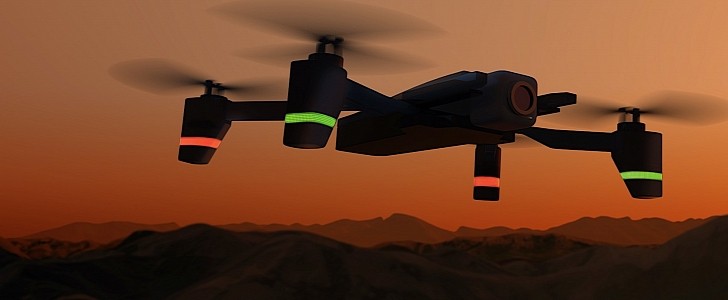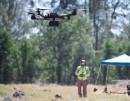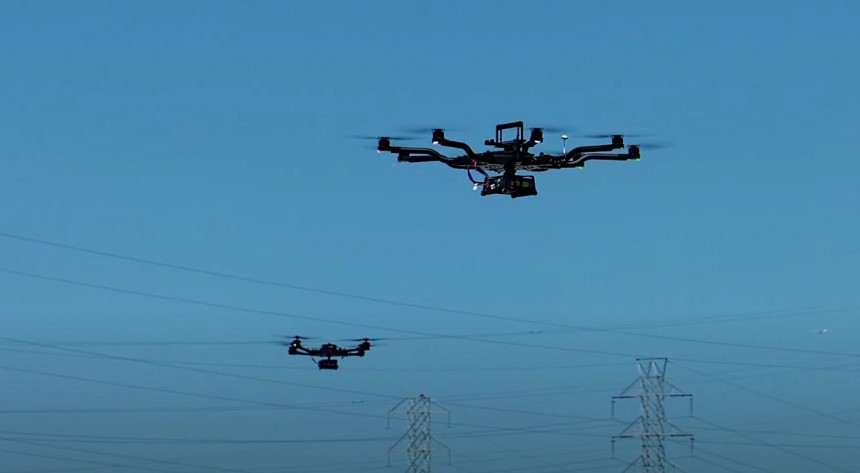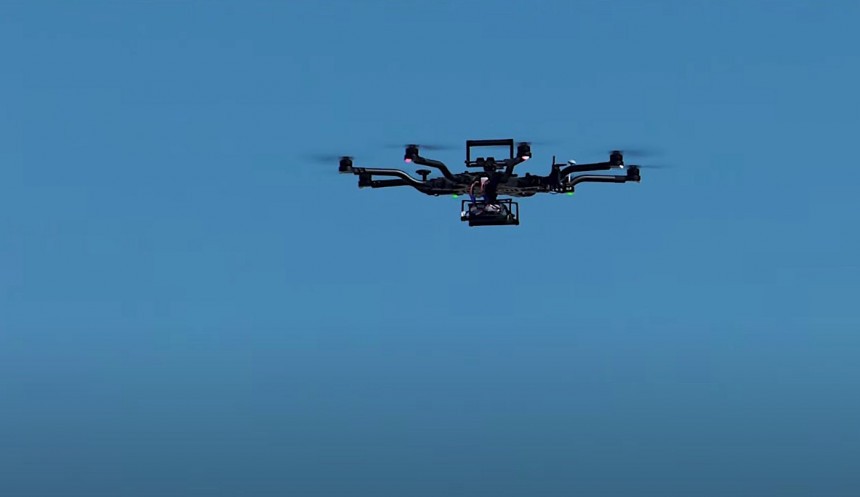If you’ve been anywhere near a TV running some kind of news show these past few years, then you’ve definitely heard a thing or two about wildfires, and how serious they’re getting. And the outlook is so bad, that even NASA is considering stepping up its efforts to help.
According to the NOAA National Centers for Environmental Information (NCEI), in 2021 there were no less than 58,733 fires, which burned through over 7.1 million acres of land. The numbers are not a record (in 2006, for instance, there were over 96,000 fires), but what’s worrying is that these events tend to occur on wider surfaces and with increased intensity, and they also last longer.
For a while now, the space agency has been helping through its Science Mission Directorate (SMD), providing space-based intel on wildfires, but as of last year, the Aeronautics Research Mission Directorate (ARMD) announced its intention of giving a helping hand as well.
ARMD’s involvement comes at a time when technological advancements make possible ways of fighting fires that were not available before. And by technological advancements, we mean drones, and their associated systems.
Having already proven their worth in combat in the Russia-Ukraine war, drones could soon be deployed on wildfire battlefields as well, with obvious advantages. Called Unmanned Aircraft Systems (UAS) in NASA speak, drones could prove pivotal in keeping under control the fires of the future.
NASA is already knee-deep in drone research, through the many projects it runs in this field. Its know-how, but most importantly tech, could be deployed against wildfires with potentially great success. And NASA has already identified two systems that could easily be adapted for the task at hand.
The first is the Resilient Autonomy project, run by the Armstrong Flight Research Center. We’re talking about software systems initially designed to prevent air-to-ground collisions between piloted aircraft, and then expanded to include air collisions. For firefighting drone applications, Resilient Autonomy could be used to “deliver precision-strike retardants using a network of aircraft,” flying in the same space, at the same time, without being in danger of colliding with one another.
Then, there’s the Scalable Traffic Management for Emergency Response Operations. STEReO for short, it’s an emergency response operational concept that takes into account the many factors involved in large-scale operations of this kind, with three goals in mind: “reduce response times, scale up the role of aircraft and provide operations that can adapt to rapidly changing conditions during a disaster.”
To see if the concept has merit, NASA and the U.S. Forest Service conducted the past few years simulated drone flight tests, in scenarios that used real data coming from firefighting aircraft.
But the above are just software and operational concepts, and we all know NASA is about hardware too. The agency didn’t overlook this aspect, and is also looking at ways to incorporate remote sensing, thermal imagery, heat-resistant hardware, and advanced communication systems into the firefighting drones of the future.
The general idea is to one day have a piece of tech capable of going to where the fire is, and gathering information about it from vantage points otherwise inaccessible through conventional means. Fires should then be easier to map, fumes could be detected, and the effects of the fire on its surroundings better assessed.
Some drones could potentially be equipped with hardware that would actively allow them to fight fires, not in the traditional sense of dropping fire retardant everywhere, but by targeting select locations that could have the greatest impact.
On account of their size, maneuverability, and other capabilities, drones could be used in low-visibility, could be sent out faster, could stay in the air for as long as possible and, most importantly, they’ll not risk anyone’s life in the process.
Firefighting drones will not be able to do the job alone, of course, and boots on the grounds and piloted aircraft in the air will still be needed, but they could make life for those involved a lot easier, and a lot safer.
Sadly, NASA did not say when we should expect a suitable solution from all the research taking place. The agency does seem serious about this though, and it even held a wildfire management workshop back in 2021. Its findings can be studied in the PDF attached below.
For a while now, the space agency has been helping through its Science Mission Directorate (SMD), providing space-based intel on wildfires, but as of last year, the Aeronautics Research Mission Directorate (ARMD) announced its intention of giving a helping hand as well.
ARMD’s involvement comes at a time when technological advancements make possible ways of fighting fires that were not available before. And by technological advancements, we mean drones, and their associated systems.
Having already proven their worth in combat in the Russia-Ukraine war, drones could soon be deployed on wildfire battlefields as well, with obvious advantages. Called Unmanned Aircraft Systems (UAS) in NASA speak, drones could prove pivotal in keeping under control the fires of the future.
The first is the Resilient Autonomy project, run by the Armstrong Flight Research Center. We’re talking about software systems initially designed to prevent air-to-ground collisions between piloted aircraft, and then expanded to include air collisions. For firefighting drone applications, Resilient Autonomy could be used to “deliver precision-strike retardants using a network of aircraft,” flying in the same space, at the same time, without being in danger of colliding with one another.
Then, there’s the Scalable Traffic Management for Emergency Response Operations. STEReO for short, it’s an emergency response operational concept that takes into account the many factors involved in large-scale operations of this kind, with three goals in mind: “reduce response times, scale up the role of aircraft and provide operations that can adapt to rapidly changing conditions during a disaster.”
To see if the concept has merit, NASA and the U.S. Forest Service conducted the past few years simulated drone flight tests, in scenarios that used real data coming from firefighting aircraft.
The general idea is to one day have a piece of tech capable of going to where the fire is, and gathering information about it from vantage points otherwise inaccessible through conventional means. Fires should then be easier to map, fumes could be detected, and the effects of the fire on its surroundings better assessed.
Some drones could potentially be equipped with hardware that would actively allow them to fight fires, not in the traditional sense of dropping fire retardant everywhere, but by targeting select locations that could have the greatest impact.
On account of their size, maneuverability, and other capabilities, drones could be used in low-visibility, could be sent out faster, could stay in the air for as long as possible and, most importantly, they’ll not risk anyone’s life in the process.
Sadly, NASA did not say when we should expect a suitable solution from all the research taking place. The agency does seem serious about this though, and it even held a wildfire management workshop back in 2021. Its findings can be studied in the PDF attached below.














